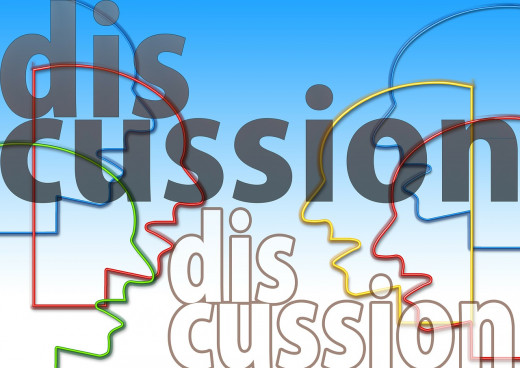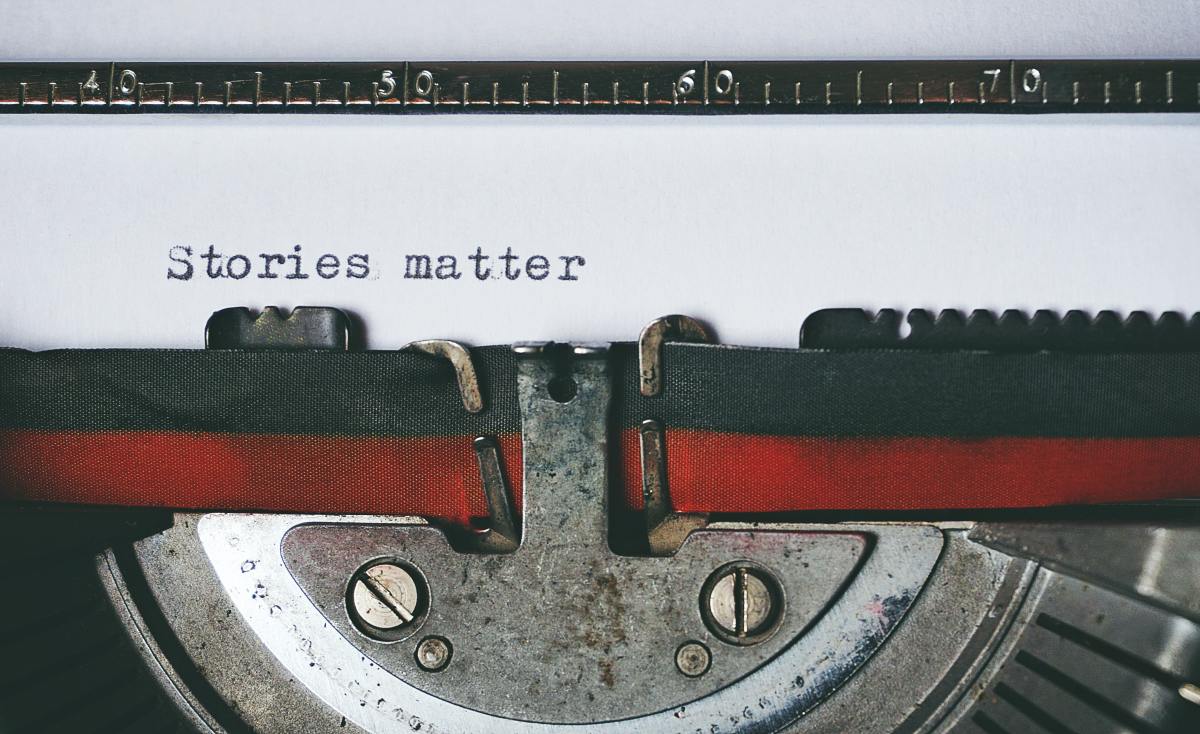How To NonFiction
Treat It Like An Assignment!
For this project, you will compose a creative nonfiction piece for publication. The difference between creative nonfiction and nonfiction is the personality that goes into creative nonfiction. For nonfiction, think of “Band of Brothers” by Stephen Ambrose. For Creative nonfiction think of “Glass Castle” by Jeannetta Wall. Ambrose writes more history stories of the US military during World War II. Though there is some dialogue and scenes, is it mostly facts stated in simple paragraphs. Wall’s book reads like a novel almost. There are chapters, scenes from her life, dialogue between her and her siblings, and there is a definite story told from one point of view.
Your story won’t be this long, however. It will be a short story of something that happened to you that you found significant enough to tell a large group of readers. Try to keep the story between 1,000 and 5,000 words.
Read “The Suicide Catcher” by Michael Paterniti (http://goo.gl/UoXuAK) and analyze it for:
- Details
- Themes
- Dialogue
- Scenes
- Meaning
What is Paternini’s tone? Casual, professional, conversational? How does he include detail and novel-ideas in his writing? Where are the times he uses dialogue or his own words? These are the kinds of things you need to note in order to have a colorful story.
Brainstorm/ Daydream; Get ideas!

Step One! (Or Day One)
First off, think (or daydream as I call it) of a time in your life that would make a good story. This could be anything from a time you were mugged to something as simple as one time you took out the trash. What was exceptional about that time? What life lesson is there in this story you can share (this is most important and we’ll get back to it).
Day Two (Or Step Two)
Time to brainstorm. Do some free writing. Write out what emotions you felt. Don’t write any scenes in order yet. Just write what you remember. Details are key. Smells, sights, textures, tastes, items that stood out, and your feelings are very important to the story. These details are where your voice can come through. How you describe something can be humorous or callous. What tone do you want to set?
Step Three! (Or Day...)
Next, plot out some dialogue. It doesn’t have to be exactly what you remember, especially if you can’t, but don’t make something up for the sake of the story. You chose this one because of what happened, not because of what you can make up. Write out some lines and plan where you want to put them. Dialogue does not need to happen where your summarizing tone will due just fine.

Day Four!
Start the scene. How many scenes do you have? Remember that a scene could be in the same instance, but a different beat. What is the objective of each scene. You cannot make these characters (real people) have goals like in fiction, so your goal is to speak to the audience through your conveyance of this moment. Don’t worry about who the readers are, just try to make your point in each scene.
Step Five! Be Brave...
Once you have a rough draft, here is the fun part. Go back through your writing and make sure you have details in each scene. Is there humor, symbolism, irony? Now is also the time to begin to look for your bigger message. I'm not kidding here either. Whatever you have to say, say it. I've gotten a lot of sigh and eye rolls from my fellows for my opinionated pieces, but just go for it! This is your story and your life does not need someone else's approval.
Day Six...almost there!
What is your point in writing this piece? Is it to show the bizarre life you lead as a circus juggler? Is it to make people laugh at the slice-of-life situations we all come in contact with? Or is it about you finding hope or a life lesson? No one if better than the other, how you tell the story matters. You need to have a point to your writing, or a “message” if you will. This goes for fiction as well, but is harder to convey in creative nonfiction. The desire to tell a humorous story is strong, but you must remember to have a point.

Step Seven! (It's a magic number)
Lastly, go back through and edit for content, clarity, and theme. Make sure you have no typos and everything is spelled correctly. Then clean up out of place phrases, sentences, lines that don’t belong, or move paragraphs that would be better somewhere else. Then be sure your theme is present in every aspect of the piece.
NOTICE: See that composing the first draft is only one step out of many. The actual writing process of the piece is very small. The real talent comes in when you are brainstorming, freewriting, and editing. Being a writer means knowing your own writing and knowing what is good for your piece. You have to be honest with yourself so that your piece can shine.



